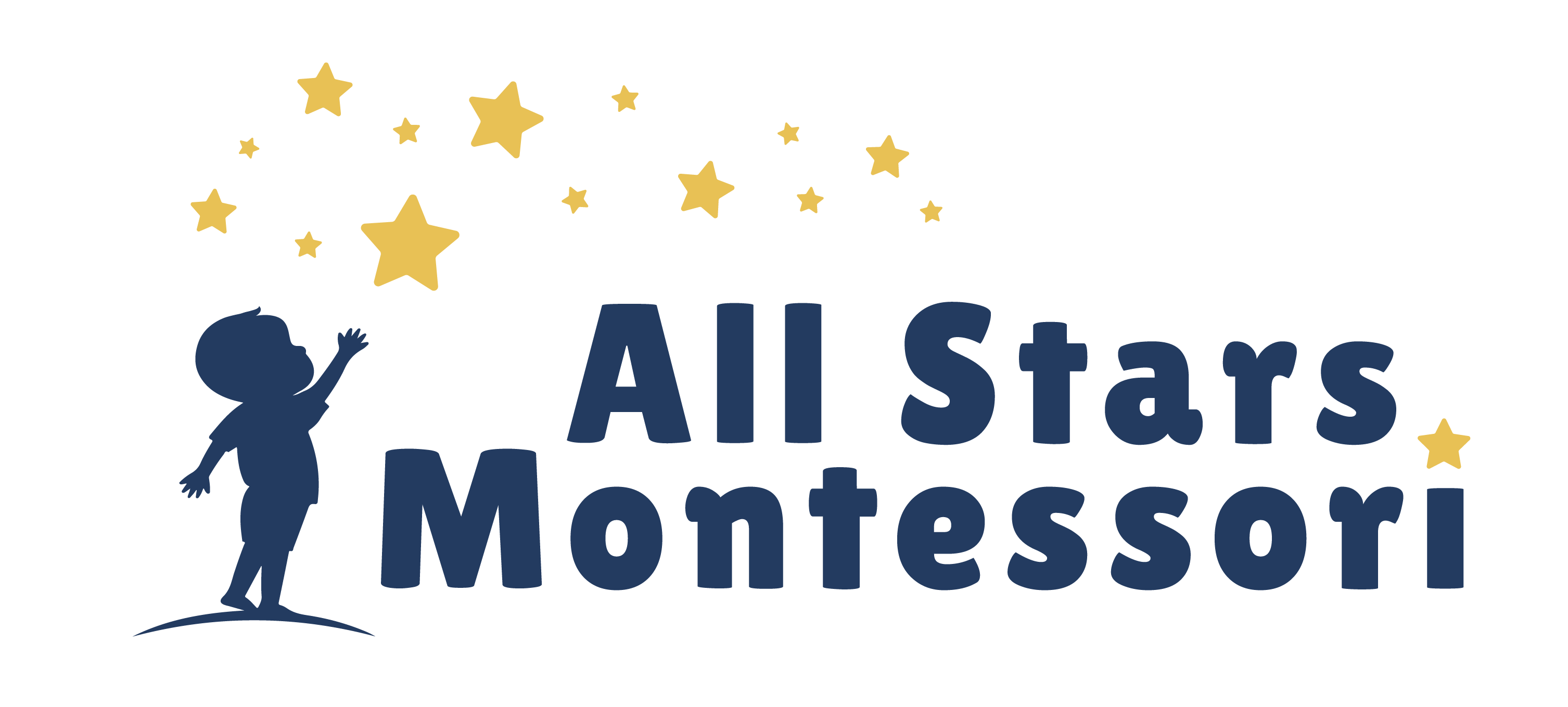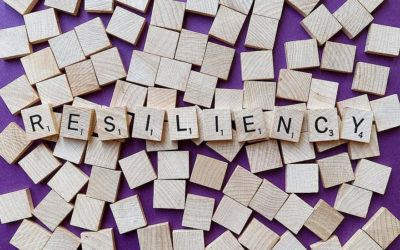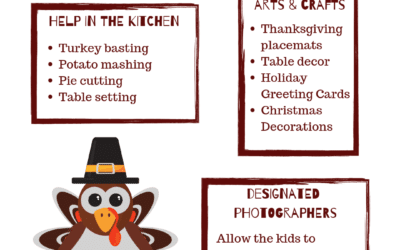Potty training is an exciting milestone that parents are often as eager to see their child reach as their child is to reach it. As with so many other milestones that a child reaches in the first few years of life, there is no specific age guideline for determining that a child is ready to potty train. Some children may be ready as young as 18 months (although the America Academy of Pediatrics doesn’t recommend starting before the age of two), while others may not be ready until they are three years old. Physical, developmental and behavioral signs will be much better indicators than simply just your child’s age. Fortunately, there are some specific signs that parents and caregivers can be on the look out for that may indicate that their child is ready to potty train.
- Your child is starting to express an interest in potty training. They may want to accompany you to the bathroom when you go. They may start to talk about going. They may ask to sit on the potty chair or toilet.
- Your child begins to recognize when they need to go to the bathroom and is able to communicate that with you. You can help your child with this by noticing signs that they may be going to the bathroom (i.e. hiding behind a chair for privacy) and giving them words by asking them, “Are you going poopy?”
- Your child is able to stay dry for two-hour stretches throughout the day. (It is normal for a child to take longer to remain dry through the night.)
- Your child is able to pull down and up their own pants.
Once you’ve decided that your child is ready to potty train, you and your child’s caregivers must be ready to commit to the process. (It is also important not to plan potty training around any big life changes such as a new baby or a new house.) Consistency is important. Your child should visit the bathroom regularly throughout the day and be praised when they sit on the toilet. You should watch them closely for any signs that they may need to go and respond quickly. For some children, sticker-charts or some other form of a reward system may help to motivate them and keep them on task. And remember that accidents are an inevitable part of the process. Be prepared for them with changes of clothes, etc. and never scold or shame a child for having an accident.
It is crucial that you and your child’s caregivers are on the same page when it comes to potty training. Share what works for your child at home and see what techniques they have success with at school. All Stars Montessori toddler teachers believe that potty training is a team activity and they have some suggestions that will help the process go smoothly:
- The process often works best if it is initiated at home over a weekend or a longer break from school.
- Many toddlers do better if they can “practice” potty training at school while wearing pull-ups. This allows them the opportunity to use the potty independently until they are able to remain dry consistently and to communicate to their teachers when they need to use the bathroom.
- Remember to carefully consider the clothes your child wears to school during the potty training process and be sure to avoid clothes that are difficult for them to quickly remove on their own. (Avoid tight pants, jumpers, too many buttons, etc.)
“Once you’re ready to begin, don’t give up! We are here to help and will support you through this process!” – All Stars Montessori toddler teachers
The timing of potty training is very important. If you try to start before your child is ready, it will lead to frustration for both of you and will only prolong the process. If you approach the potty training process according to your individual child’s developmental cues, you will be setting them up for success and you will both be much happier in the end. Don’t worry about it – your child will be potty trained… when they’re ready.




0 Comments